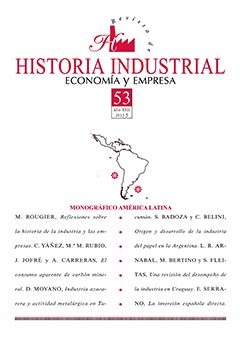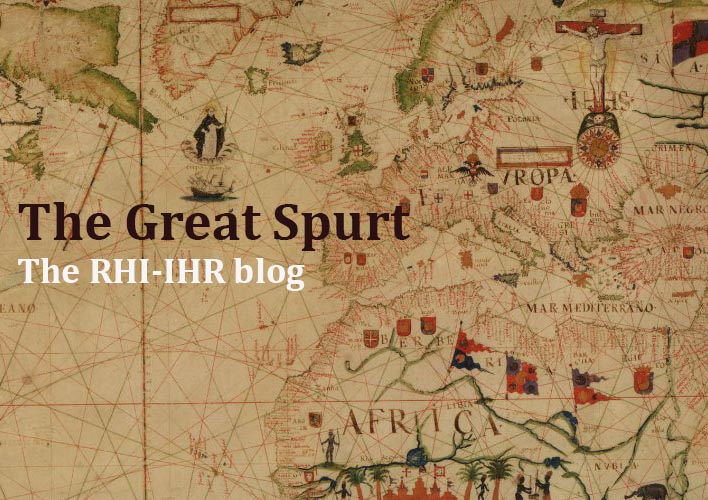The apparent consumption of coal in Latin America, 1841-2000. A history of progress and frustration
Keywords:
Coal, Energy, Latin America and Caribbean regionAbstract
This article explains the importance of coal for the beginning of modern economy in Latin America and the Caribbean. It provides the methodology for the estimation of coal consumption data for twenty countries from 1856 to 2000, plus Cuba and Chile from 1840. The conclusion is that coal consumption was a matter of the large and medium sized economies (Brazil, Mexico, Argentina, Chile, Colombia, Venezuela). The six small Central American republics, all together, never got above the 1% of the regional consumption. The Dominican Republic did not reach 0,5% and Haiti rarely surpassed 0,01% of the coal consumed in the region, a high figure for Bolivia, Ecuador and Paraguay in some years. The exception among the small ones being Uruguay, which behaved as the large ones. What is behind coal consumption in fact was not size but economic backwardness.Downloads
Downloads
Published
How to Cite
Issue
Section
License
The author assigns all rights to the publisher. Creative Commons
The author who publishes in this journal agrees to the following terms:
- The author assigns all intellectual property rights exclusively to the publisher for the entire duration of the applicable intellectual property rights.
- The publisher will distribute the texts under the Creative Commons Attribution License, which allows others to share the work, provided that they acknowledge the authorship, its initial publication in this journal, and the conditions of the license.





